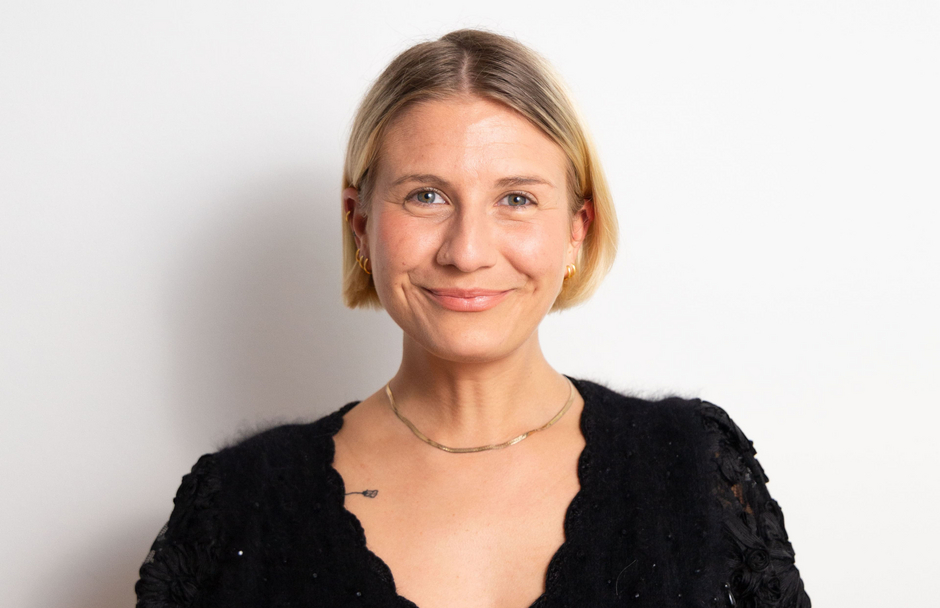IN-VISIBLE: Applying Design Thinking for Gender Equality
Rea Eldem is the founder and CEO of IN-VISIBLE, an agency for gender equity at work. Simultaneously to kicking off her journey as a founder in 2018, she started coaching at the HPI D-School, which she had previously completed as a student. We asked her about her work at IN-VISIBLE and what Design Thinking has to do with gender equity.
Rea, with IN-VISIBLE, you help organizations become more inclusive regarding gender. What exactly does this mean on a day-to-day basis?
Organizations who approach us have generally understood that diversity is an asset for them, gender diversity being one crucial part of this equation. With our help, they challenge their own working culture. This entails but is not limited to the way decisions are made as well as how processes are carried out. We host workshops that educate employees about unconscious bias, gender stereotypes, how they feed into the working context, and strategies to overcome those.
How does Design Thinking blend into your work and your approach with IN-VISIBLE?
Design Thinking is at the center of how we work at IN-VISIBLE. When a new organization approaches us, we apply the problem vs. solution space approach derived from the Design Thinking methodology. Firstly, we explore the needs of the employees who work for the organization. They are our user group. We then develop solutions that are rooted in the needs of these users. At IN-VISIBLE, we don't do general consulting; all our strategies are customized and rooted in research.
What does this research look like?
The research methods we use also stem from Design Thinking. We undertake qualitative interviews as well as observations and immersion exercises. Our goal is to get a nuanced understanding of the employees, particularly female and gender underrepresented groups. We then mirror our findings to the leadership teams, who are often unaware of some of the pain points their employees face. If the client is up for it, we co-create ideas on how to overcome the pain points collaboratively.
Can you describe how your job at IN-VISIBLE and your teaching activities align or create synergies?
There are a lot of synergies that I appreciate. My students at the D-School are very eager to learn more about my work at IN-VISIBLE as it gives me a clear and practicable example of how Design Thinking can be used for social justice projects outside of academia. At the same time, IN-VISIBLE benefits from all the impulses and new ideas that students and the broader D-school network share with me. I feel very privileged to have access to inspiring and critical perspectives in my coaching job; I can learn a lot from the students and their questions.
Is there anything you would like to share with the students/community?
I believe the D-School and its interdisciplinary understanding create a very valuable learning environment. I was lucky to have had access to an educational career that was also profoundly characterized by interdisciplinary. My multidisciplinary Gender Studies Master's program has greatly influenced my work at IN-VISIBLE.
As the discourse on gender equity is just beginning to take root in the corporate world, it is essential for leaders to understand how intersecting identities make up the lived experiences of employees and that different people need different things to feel safe and comfortable in the workplace. I hope that students and other stakeholders at the D-School and beyond continue to create spaces where this learning becomes a lived experience.

